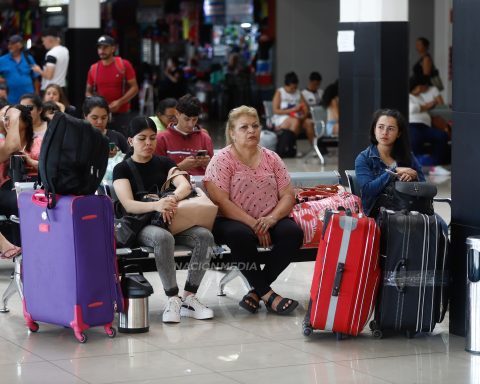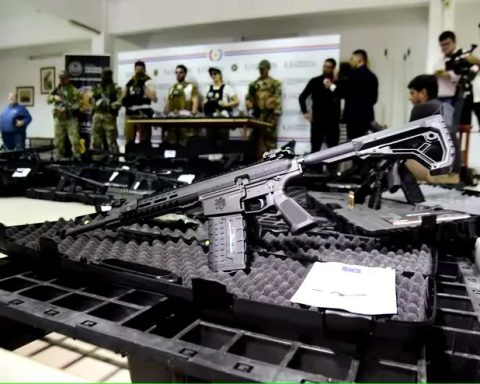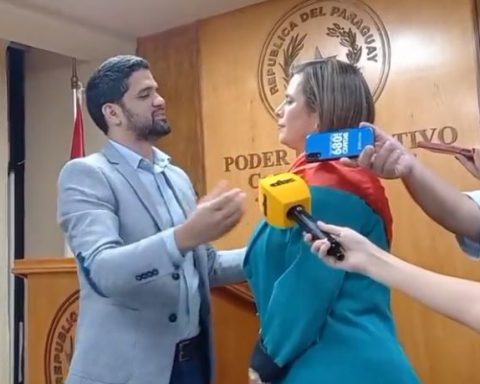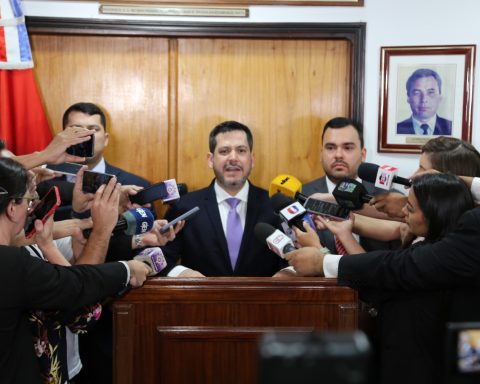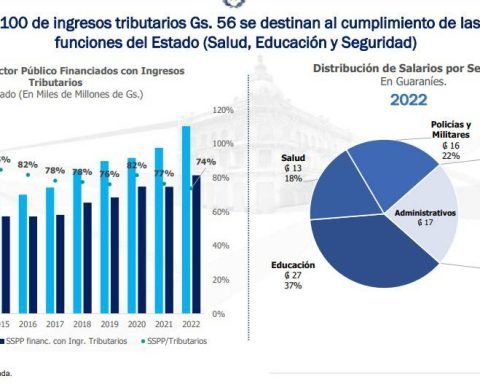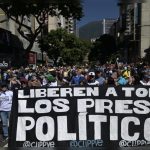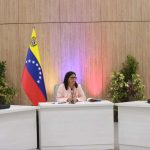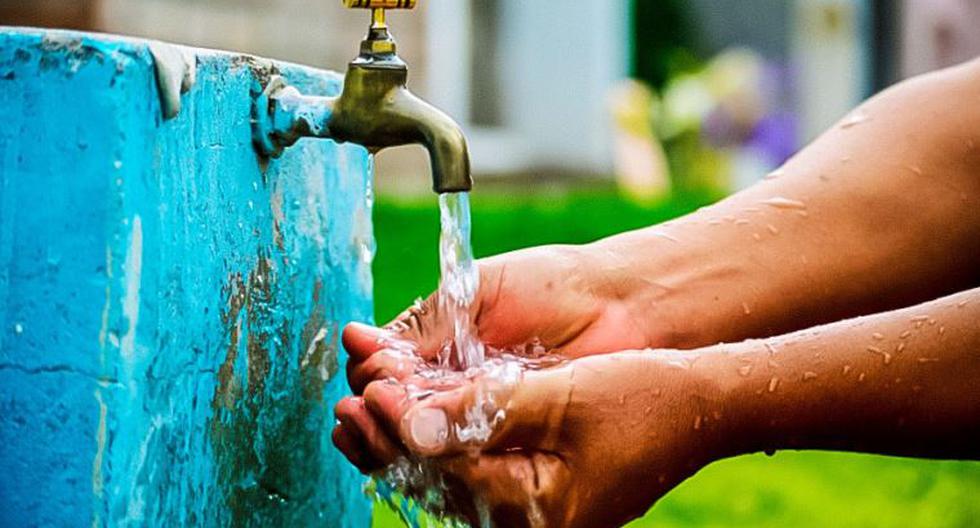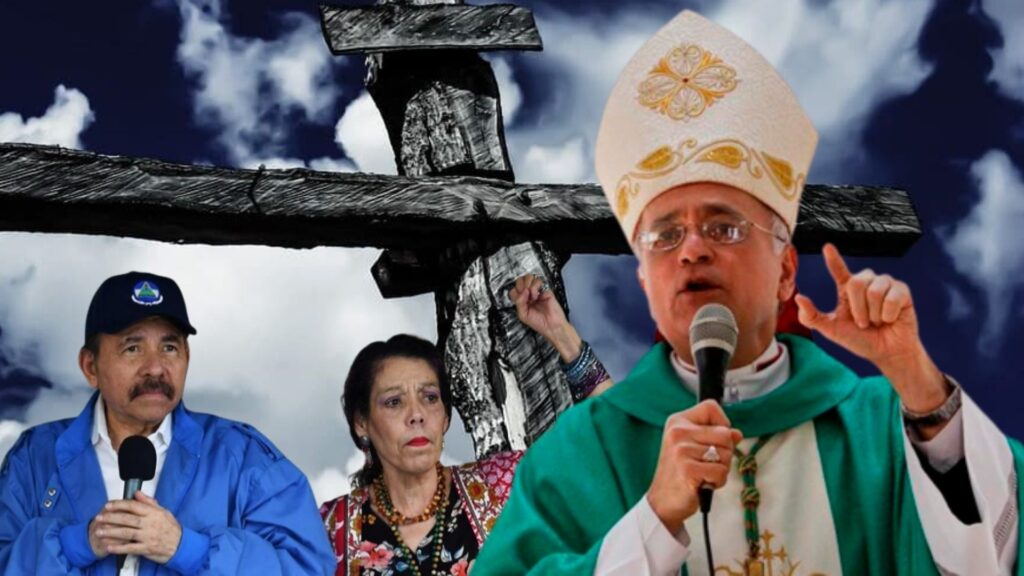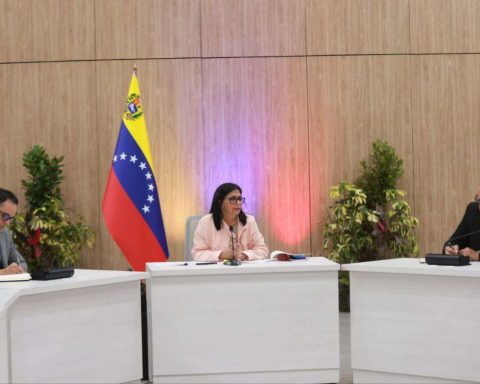The Vice Minister of Education, Alcira Sosa, admitted the shortcomings and needs in the education sector, mainly due to the lack of investment in infrastructure in educational institutions. Added to this are outstanding debts to improve educational quality at the local level.
Alcira Sosa, Vice Minister of Education, in an interview with the Fuego Cruzado program of GEN/Nación Media mentioned that there are around 12,000 classrooms that need refurbishing, while approximately 200 institutions have classrooms where there is some type of collapse due to the deterioration of the structure.
In this regard, he admitted that the historical debt that the Government has is the investment in school infrastructure, despite the fact that in the last five years more than 1,683 schools were intervened with improvements and an investment of more than USD 100 million dollars was achieved, without mention the interventions with FONACIDE resources by municipalities and governments.
The expansion of school infrastructure is a point that is also still pending, indicated Sosa, since currently 80% is covered covering preschool, but there is still 20% for which infrastructure is needed and also for what would be the offers of the Third Cycle and Middle Education.
For the renovation and fine-tuning of the classrooms, an investment of USD 410 million is required, although to be able to build all the new classrooms and the spaces that are required (canteens, laboratories, workshops, sports spaces), it would imply an investment of approximately $1 billion.
Given the misuse of FONACIDE resources by municipalities and governorates, he admitted that the return to replacing these resources in the hands of the MEC is still under discussion, although it is also important to promote decentralization. In this regard, he spoke of the importance of promoting control systems to grant greater transparency in the management of resources.
The vice minister stated that when educational institutions request infrastructure improvement requirements, either for renovations or for new works, this is analyzed at the local level, working with the supervisors of each educational zone, then with the representatives of the local municipality and with the Ministry of Education and the mayors or governors.
On this point, he emphasized that around 45% of educational institutions need some type of replacement. To define which ones will be intervened first, a prioritization list is made according to the needs and then the process that he previously cited is followed with the municipalities and governorates.
A scenario posed by the Educational Transformation Plan -he referred- was a preparatory phase to try to put the schools and colleges that are in operation in conditions so as not to have risks of collapse and, later, the expansion of the requirement, both for the construction of new classrooms, dining rooms, laboratories, workshops, etc. in those points where there is a greater educational offer.
The four priority dimensions of intervention include the educational community, the improvement of the conditions of educational institutions, the professional development of educators and the evaluation and management system.
“We need to evaluate the learning results and also the interventions that are being made, not only in terms of student learning but also the performance of teachers, the management of the educational institution,” he said.
“The interventions have to be fully implemented in the four dimensions so that the results can be achieved in five years or a decade,” added the Vice Minister of Education.

